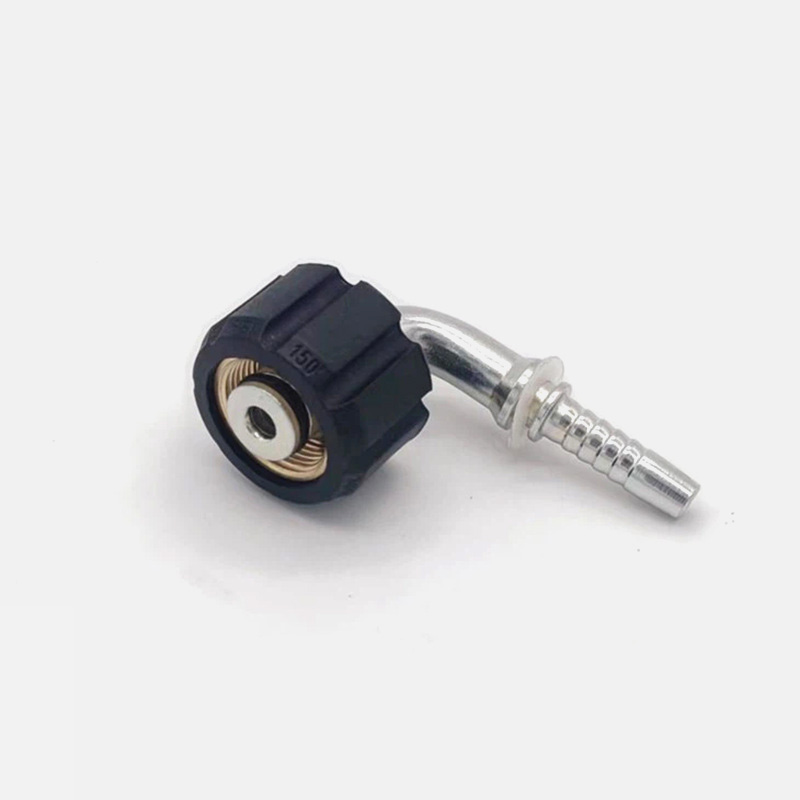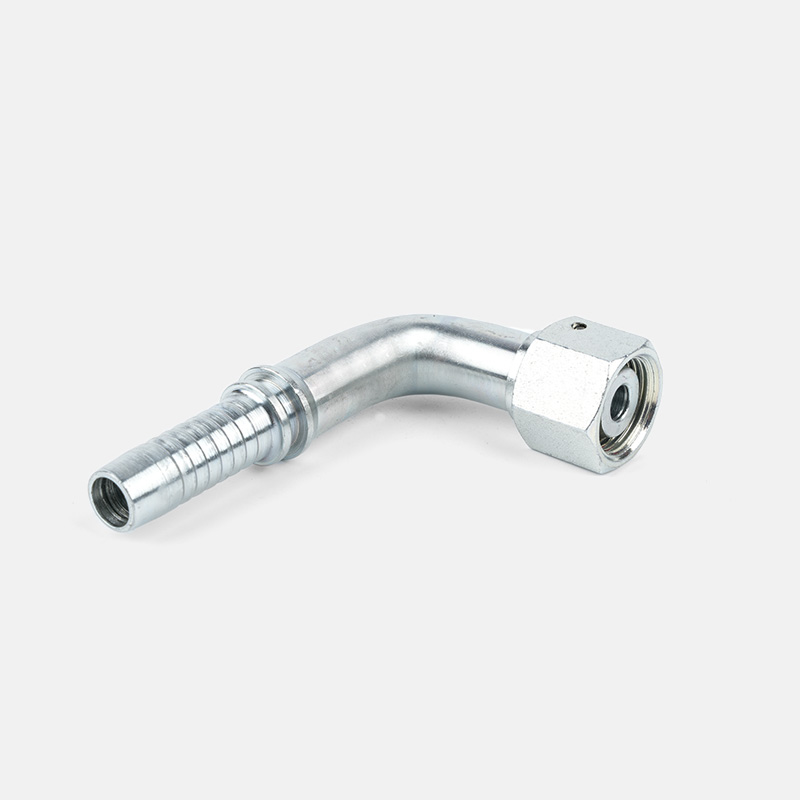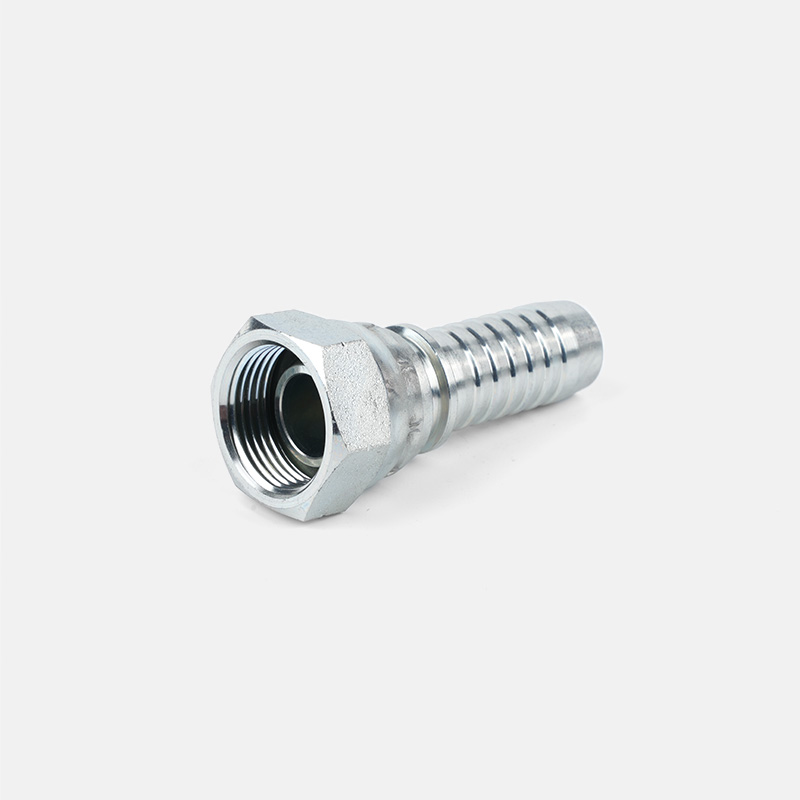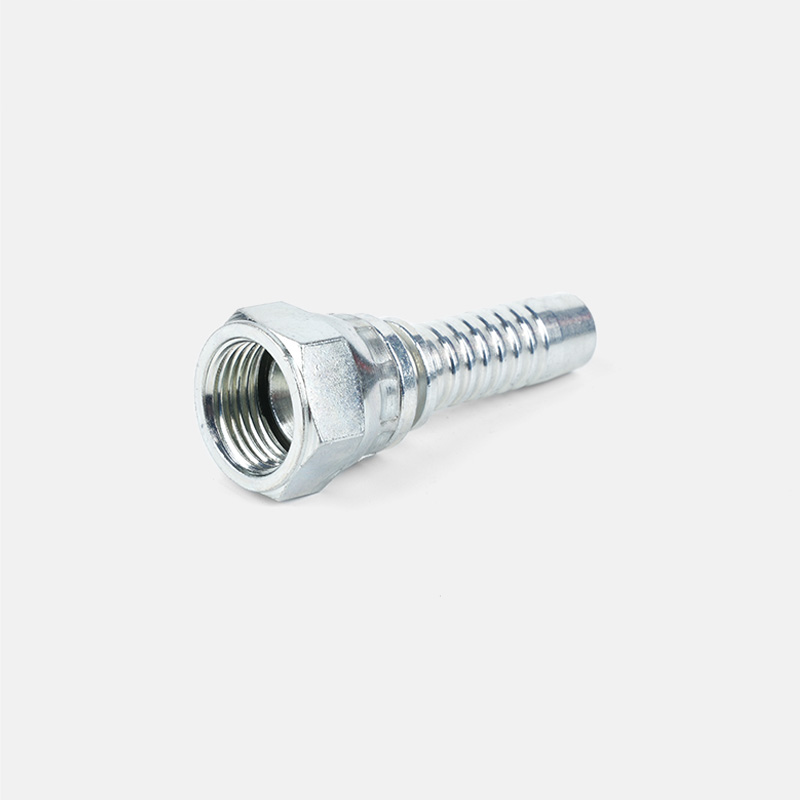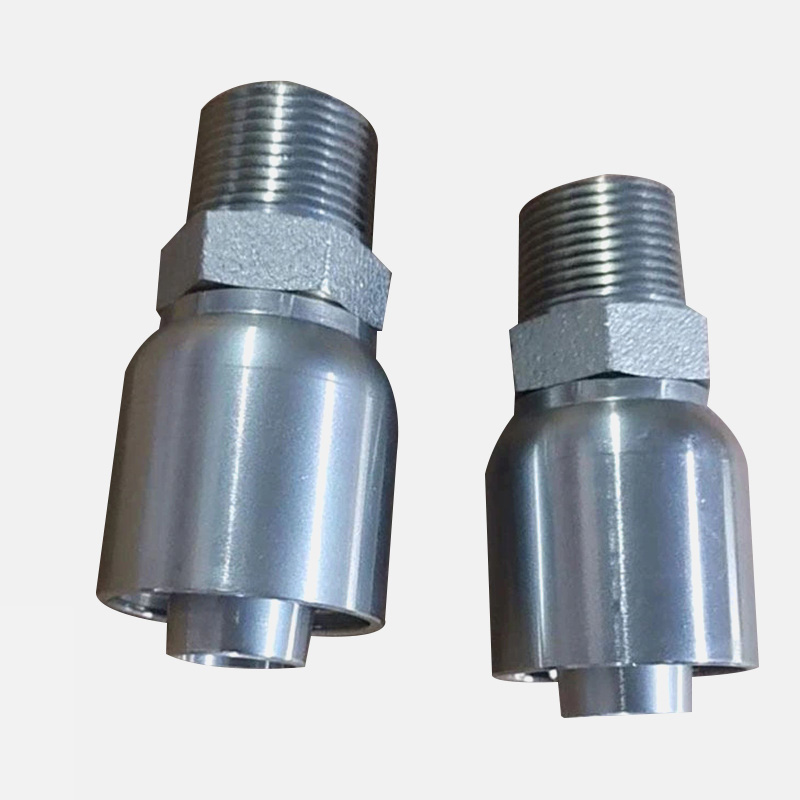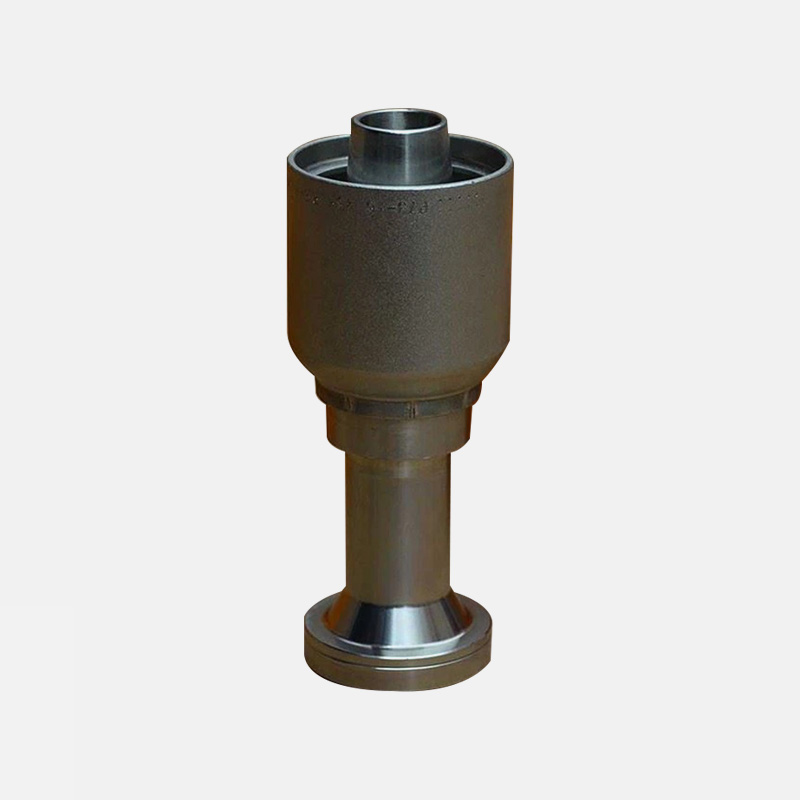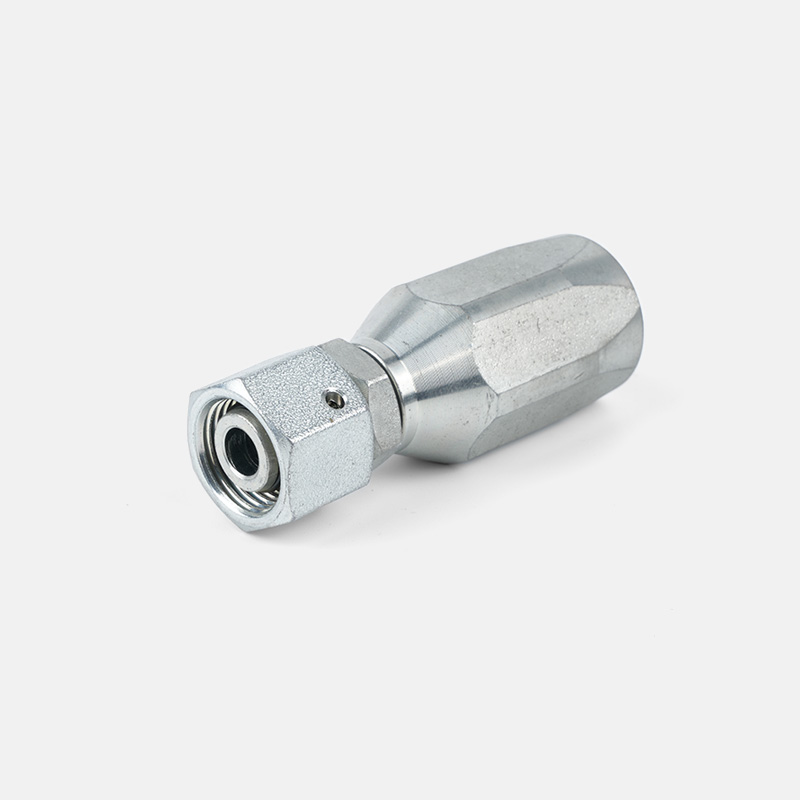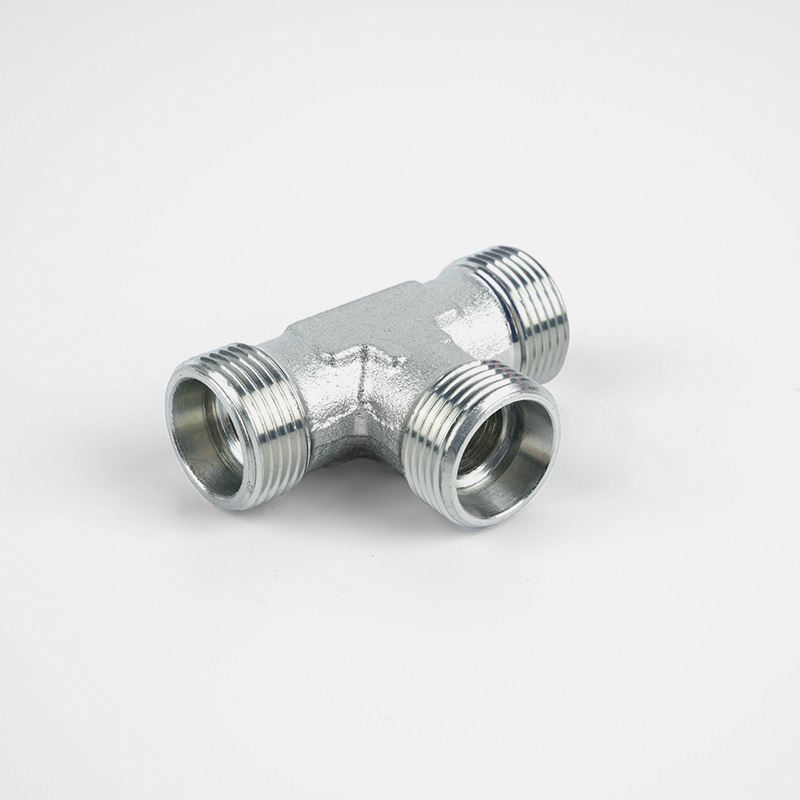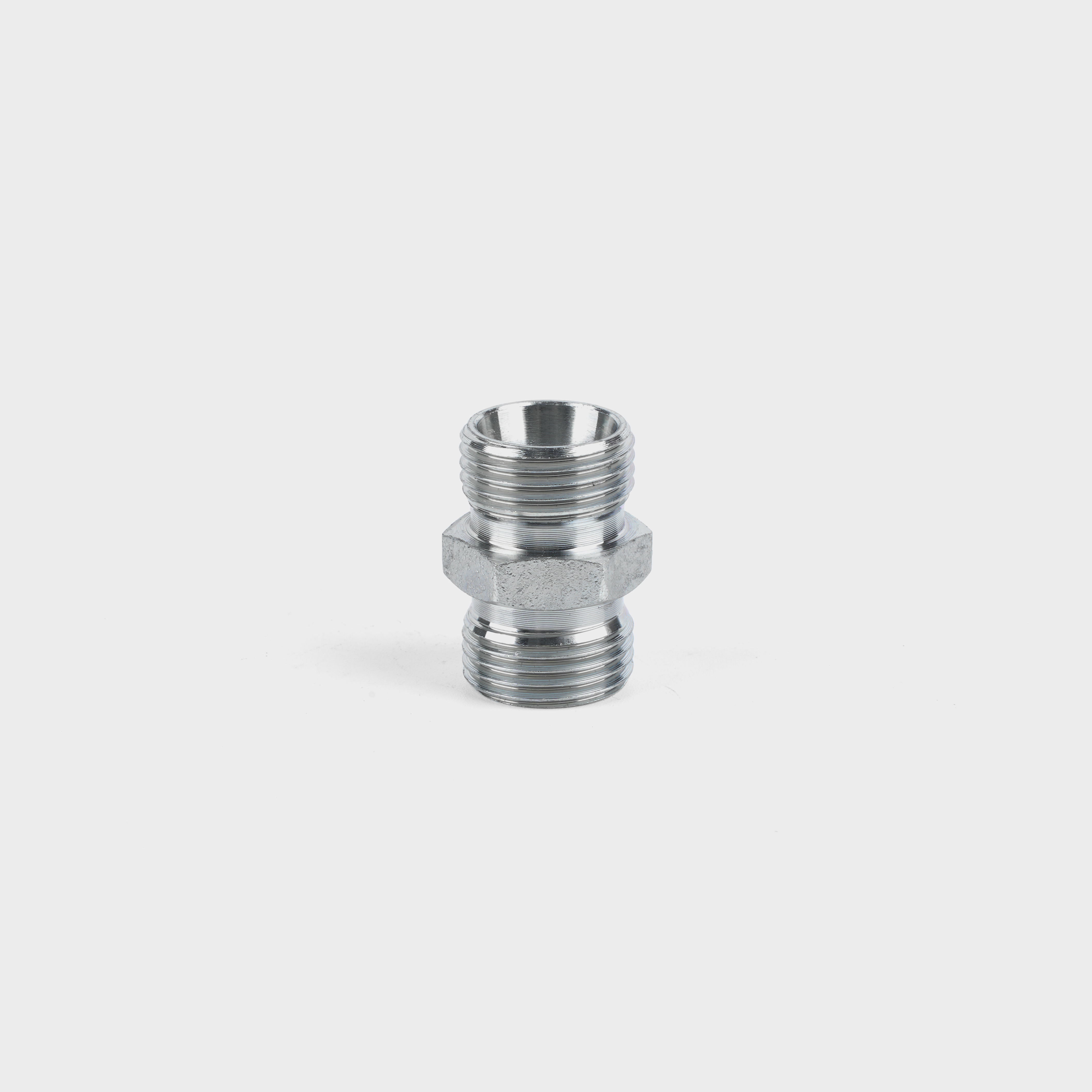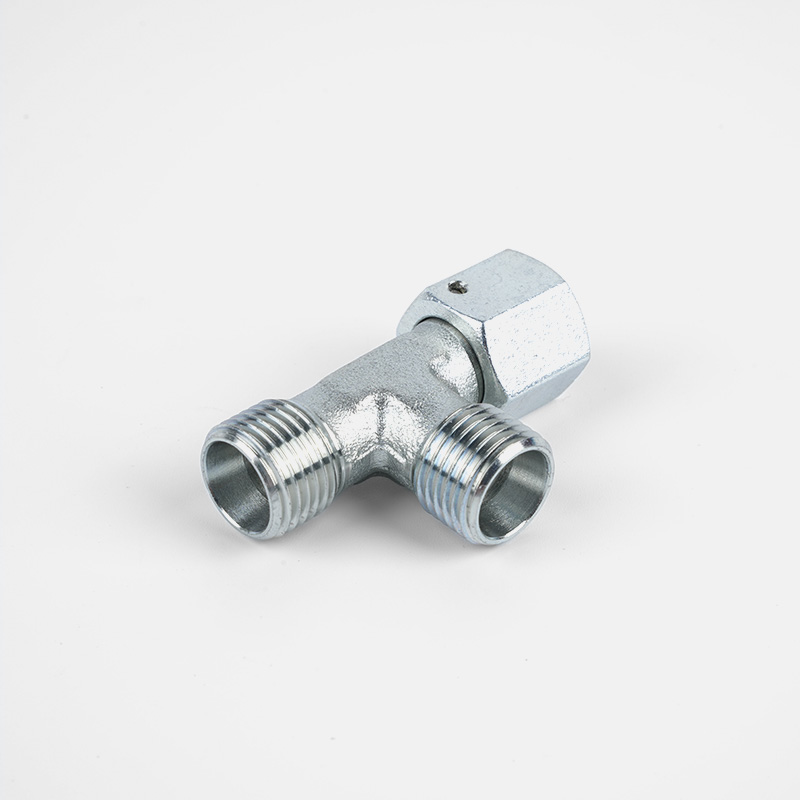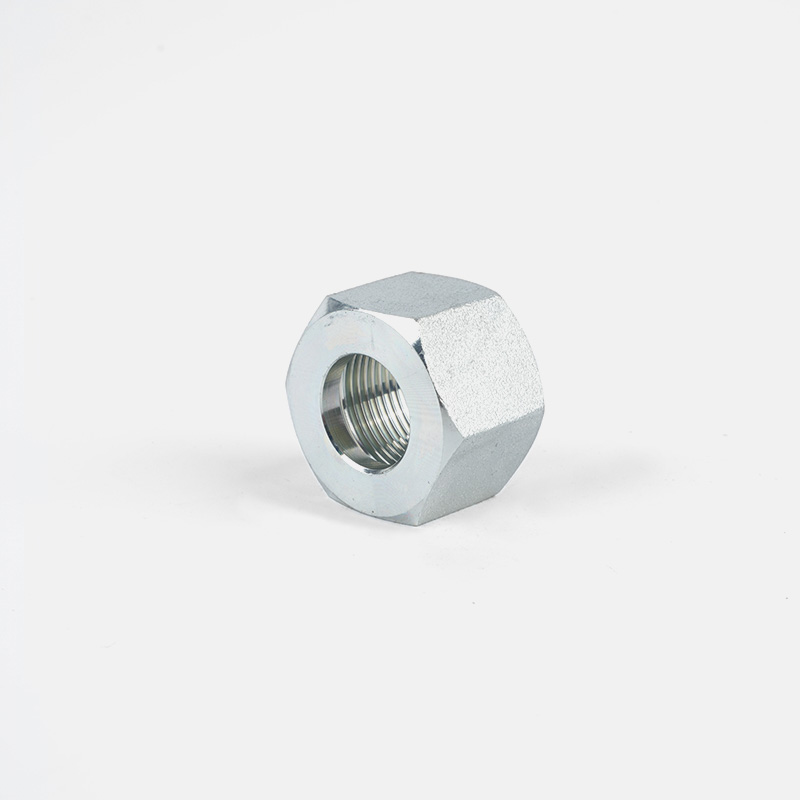Language
ENGHydraulic Ferrules vs. Crimp Fittings: A Detailed Comparison for Engineers
 2025.10.13
2025.10.13
 industy news
industy news
Hydraulic systems are integral to many industries, from construction and mining to automotive and aerospace. Ensuring that these systems operate reliably requires understanding the components that make up the system, including the critical connections. Two such components are hydraulic ferrules and crimp fittings. Both are used to connect hoses to fittings, but they differ in their design, application, installation, and performance.
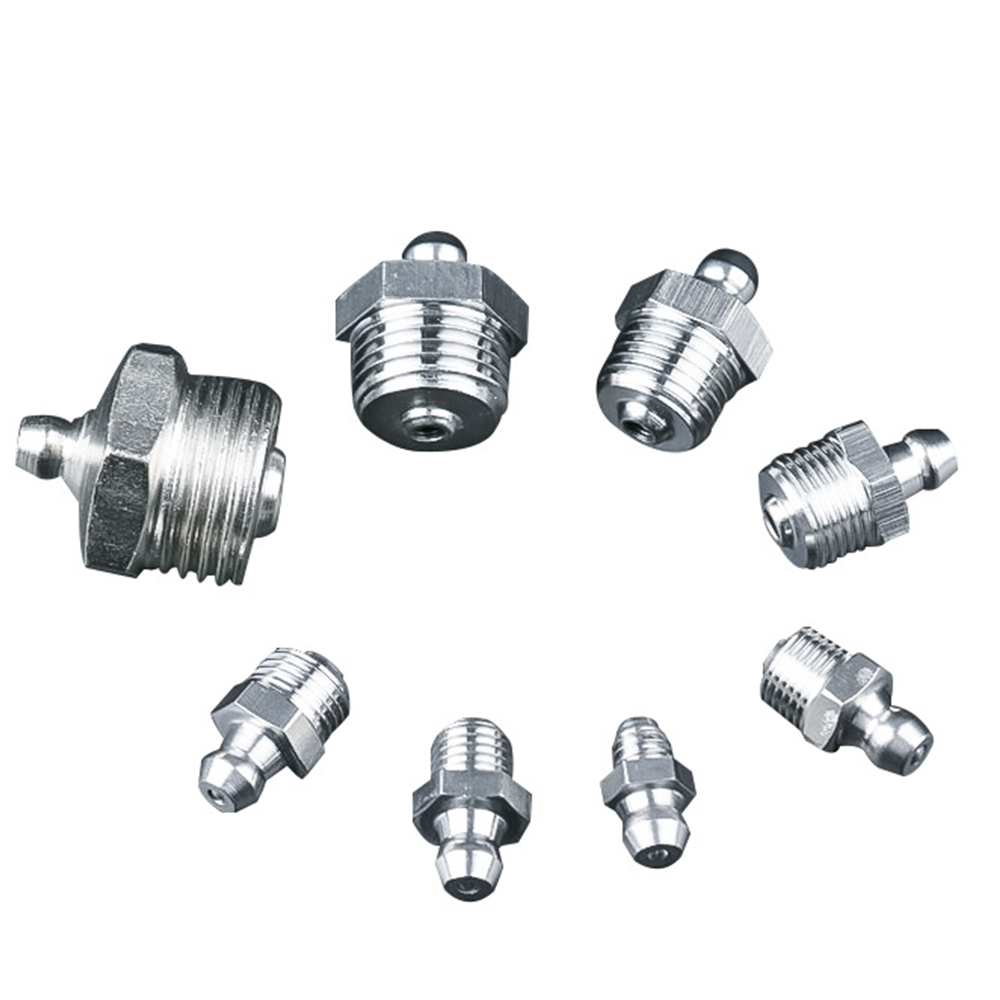
1. Introduction: What Are Hydraulic Ferrules and Crimp Fittings?
Before diving into the comparison, it’s important to understand the basic function and design of both hydraulic ferrules and crimp fittings.
Hydraulic Ferrules
A hydraulic ferrule is a cylindrical component that fits over the end of a hose and is used to secure it to a fitting. Ferrules are often used in conjunction with hydraulic hose assemblies to ensure a strong, leak-free connection. Typically made from durable materials such as stainless steel, ferrules provide a reliable sealing surface that helps prevent damage and wear to the hose.
Crimp Fittings
Crimp fittings are metal components that are used to permanently attach hoses to other fittings in a hydraulic system. The process of crimping involves using a crimping machine to deform the fitting, thereby securing it tightly around the hose. The crimping process ensures that the connection is strong, durable, and resistant to leaks.
2. Design and Functionality
Both hydraulic ferrules and crimp fittings serve the same primary purpose: they connect hydraulic hoses to their fittings securely. However, the design and functionality of these two components differ significantly.
Hydraulic Ferrules Design and Functionality
Hydraulic ferrules are typically inserted onto the hose and positioned over the fitting. The ferrule helps compress the hose onto the fitting, creating a seal that prevents leaks. This compression is usually achieved through a simple mechanical tool, such as a hand tool or hydraulic press, which makes installation relatively easy.
- Design: The ferrule’s design is simple but effective. It consists of a cylindrical sleeve that is slid over the hose and the fitting. The ferrule ensures that the hose is held securely in place during operation.
- Functionality: The main purpose of a hydraulic ferrule is to provide compression to seal the hose to the fitting, preventing leaks. In addition to this sealing function, ferrules also protect the hose from being damaged due to high-pressure fluid or wear from external factors like vibration.
Crimp Fittings Design and Functionality
Crimp fittings, on the other hand, offer a more robust design for securing hoses in place. The crimping process involves using a hydraulic or mechanical crimping tool to permanently attach the hose to the fitting by applying significant pressure. This ensures a permanent connection that is resistant to vibration, pressure fluctuations, and environmental factors.
- Design: Crimp fittings are made of metal sleeves or rings that are placed around the hose end and then permanently deformed by a crimping machine. This deformation creates a tight, secure connection.
- Functionality: Crimp fittings function by applying even pressure around the hose, creating a tight seal. The pressure applied during the crimping process is far more substantial than the compression achieved through ferrules, ensuring a longer-lasting and stronger connection.
3. Installation and Maintenance
The installation and maintenance requirements of hydraulic ferrules and crimp fittings differ significantly. Understanding these differences is crucial for engineers who need to choose the right connection method for their specific hydraulic system.
Hydraulic Ferrules Installation and Maintenance
Installation Process:
Hydraulic ferrules are generally easier and quicker to install compared to crimp fittings. The installation requires little more than placing the ferrule over the hose and fitting, followed by applying light compression using a hand tool or hydraulic press. This simplicity makes hydraulic ferrules an ideal choice for applications where ease of maintenance and cost-effectiveness are a priority.
Maintenance Requirements:
Ferrules are easy to inspect and maintain. If a connection begins to leak or show signs of wear, the ferrule can typically be removed and replaced without the need to replace the entire hose assembly. However, over time, ferrules may wear out, especially in high-pressure environments, requiring periodic replacement. Generally, ferrules can be reused if they are not damaged or deformed during installation.
Crimp Fittings Installation and Maintenance
Installation Process:
Crimp fittings require more specialized tools for installation, primarily a crimping machine. The machine must apply precise pressure to deform the fitting around the hose, creating a secure, permanent connection. This process requires careful monitoring to ensure that the proper pressure is applied to avoid over- or under-crimping, both of which can compromise the connection.
Maintenance Requirements:
Once a crimp fitting is installed, it cannot be reused. If the fitting becomes damaged or begins to leak, the entire hose assembly must be replaced. This can make crimp fittings less cost-effective for systems that require frequent maintenance. However, crimp fittings are ideal for high-performance, high-pressure systems where reliability is paramount.
4. Performance and Durability
The performance of hydraulic ferrules and crimp fittings varies depending on the application and environmental conditions. Understanding their respective strengths and weaknesses is key to ensuring that the right choice is made.
Hydraulic Ferrules Performance and Durability
Hydraulic ferrules are suitable for many general industrial applications, particularly where flexibility and ease of installation are more important than extreme performance. They work well in medium-pressure environments and are commonly used in agricultural machinery, construction equipment, and general industrial systems.
Performance: Hydraulic ferrules perform well in systems with moderate pressure requirements. They are often used in systems that are not subject to extreme conditions but require dependable connections.
Durability: While durable, hydraulic ferrules are not as resistant to high-pressure fluctuations or harsh environmental conditions as crimp fittings. In these systems, ferrules may wear out more quickly, especially in applications subject to vibrations or extreme temperatures.
Crimp Fittings Performance and Durability
Crimp fittings are ideal for high-pressure systems, where performance and durability are essential. Their ability to form a permanent, tight connection makes them the preferred choice in demanding environments such as aerospace, oil and gas, and heavy machinery.
Performance: Crimp fittings provide superior sealing and performance in high-pressure applications. Their ability to resist leaks and withstand high temperatures and pressure makes them ideal for mission-critical systems.
Durability: Crimp fittings offer superior durability, particularly in systems that experience extreme pressure fluctuations. Once crimped, the connection is virtually permanent, requiring no further maintenance unless the hose assembly itself is damaged.
5. Cost and Versatility
When selecting between hydraulic ferrules and crimp fittings, cost considerations and versatility are significant factors.
Hydraulic Ferrules Cost and Versatility
Cost:
Hydraulic ferrules are generally more cost-effective than crimp fittings, particularly when considering the cost of specialized crimping tools. Their lower cost makes them an attractive choice for less demanding systems where budget constraints are a factor.
Versatility:
Ferrules are versatile in that they can be used with a wide variety of hoses and fittings. They are also easier to install and maintain, making them a good choice for systems that require flexibility in installation or periodic adjustments.
Crimp Fittings Cost and Versatility
Cost:
While crimp fittings may cost more upfront due to the need for crimping equipment, their superior performance and durability can make them a worthwhile investment in the long run, particularly for high-pressure or heavy-duty systems.
Versatility:
Crimp fittings are highly versatile but are typically best suited for high-performance, high-pressure applications. Their permanent nature means they are ideal for systems where the connection is not expected to change frequently.
6. Applications
The choice between hydraulic ferrules and crimp fittings often comes down to the application at hand. Below is a table summarizing the typical uses of each component:
| Component | Best for Applications | Pressure Rating | Durability | Cost Efficiency |
|---|---|---|---|---|
| Hydraulic Ferrules | General industrial machinery, construction, agriculture | Medium pressure | Moderate | Cost-effective |
| Crimp Fittings | High-performance machinery, aerospace, oil & gas | High pressure | High durability | Moderate to High |


